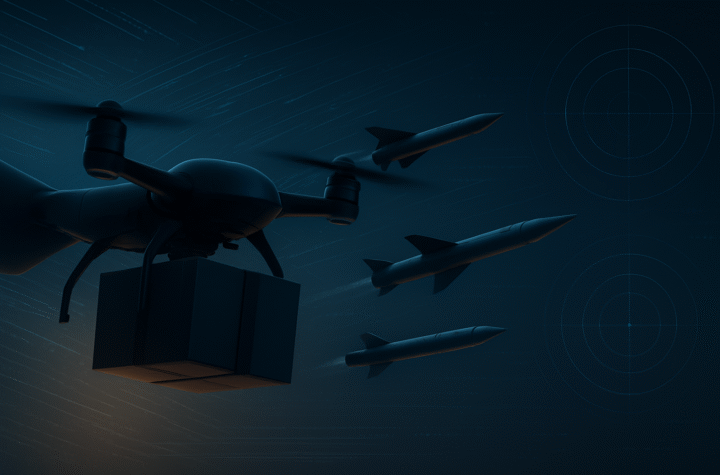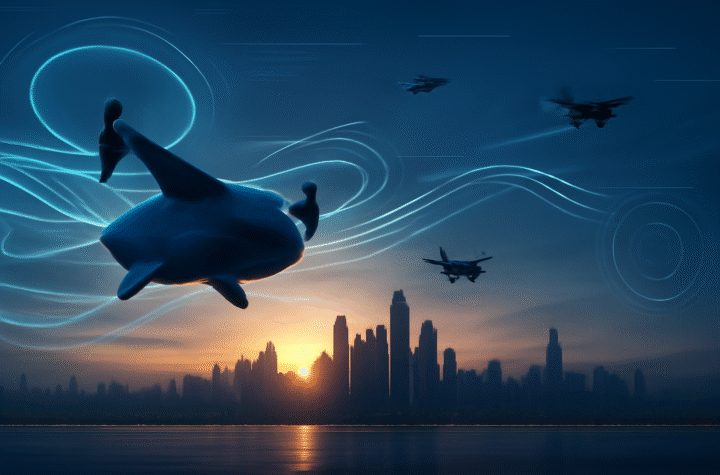
Sky Smarts: How AI Is Revolutionizing Drone Navigation in Delivery and Rescue Missions
Introduction: From package drops in bustling urban neighborhoods to life-saving searches in disaster zones, drones are becoming indispensable. Now, a new wave of AI-powered navigation systems is pushing drone capabilities far beyond GPS coordinates. These advancements are enabling drones to “think” in real time—learning flight patterns, avoiding unexpected obstacles, and adapting on the fly. The result? Safer, faster, and smarter aerial operations that are transforming both commercial delivery and emergency response.
Smarter Routes for Last-Mile Delivery: E-commerce giants like Amazon and logistics startups globally are integrating AI-driven navigation into their delivery drones. Traditional GPS-based routes could be thrown off by tall buildings, bad weather, or temporary obstructions. AI systems, however, allow drones to process video input, predict hazards, and reroute instantly.
Take FlyZone Robotics’ recent trials in Bangalore, where their drones completed 98% of scheduled deliveries during monsoon rains using real-time visual sensors and AI-driven flight decisions. Instead of blindly following preset paths, the drones adjusted altitude and trajectory autonomously—dodging birds, flying under electrical wires, and landing precisely on customer-defined drop zones.
Life-Saving Precision in Search & Rescue: Search and rescue (SAR) operations have long relied on manned helicopters and teams on foot. But AI-equipped drones are now offering a faster and safer alternative—especially in complex environments like mountainous terrain or collapsed buildings.
During a 2025 earthquake in eastern Turkey, AI-powered drones from AeroSAR were deployed within minutes. Using thermal imaging and onboard neural networks trained to detect human heat signatures, the drones identified 32 survivors in under 3 hours—cutting down search time by more than half.
The real marvel lies in how the AI adapts. Rather than flying in a rigid grid pattern, these drones prioritize high-probability zones first—like areas near windows or loosely packed rubble—based on learned data from previous missions.
A Future of Autonomy and Ethics: While the benefits are clear, these advancements raise important questions around autonomy and safety. How much decision-making should a drone have? What happens if its training data is flawed? As HanuAero readers know, drone innovation must go hand-in-hand with robust testing and accountability frameworks.
That said, the possibilities are boundless. Combining deep learning with swarm coordination, future drones may autonomously assign tasks to one another—dividing a search area or a delivery batch without human input.
Conclusion: The sky isn’t the limit—it’s the beginning. As AI continues to revolutionize drone navigation, we’re witnessing a new era of responsive, intelligent flight. Whether it’s helping a parcel land gently at your doorstep or pinpointing a trapped hiker’s location deep in the wild, smart drones are changing what’s possible. And for innovators, responders, and everyday users alike, this is just the takeoff.




More Stories
Defense Advanced Research Projects Agency(DARPA)-7
Top 10 Powerful Vertical Takeoff Aircraft & Drones
DJI Matrice 400 Takes Flight: A Game-Changer for Enterprise Drone Operations